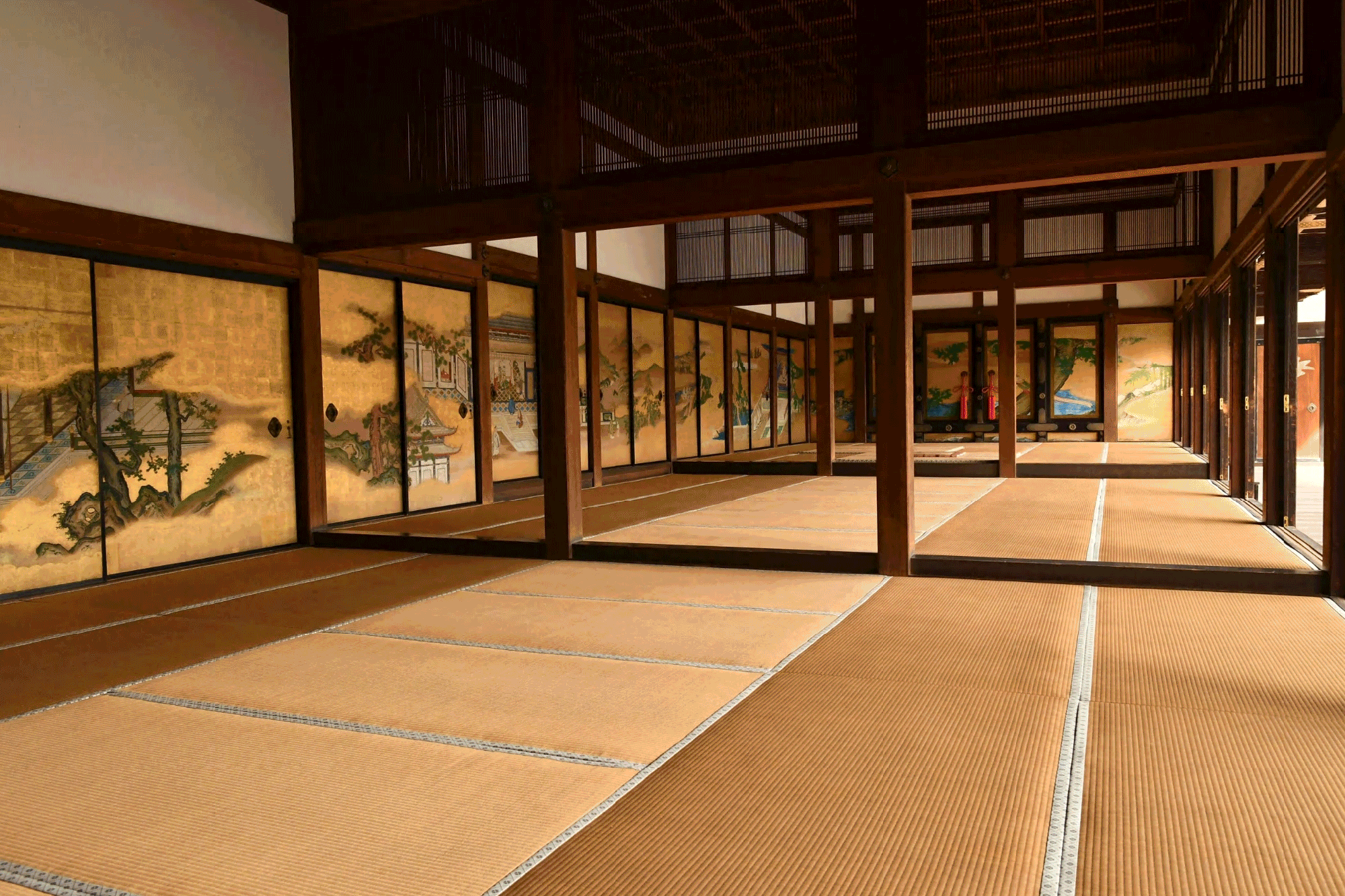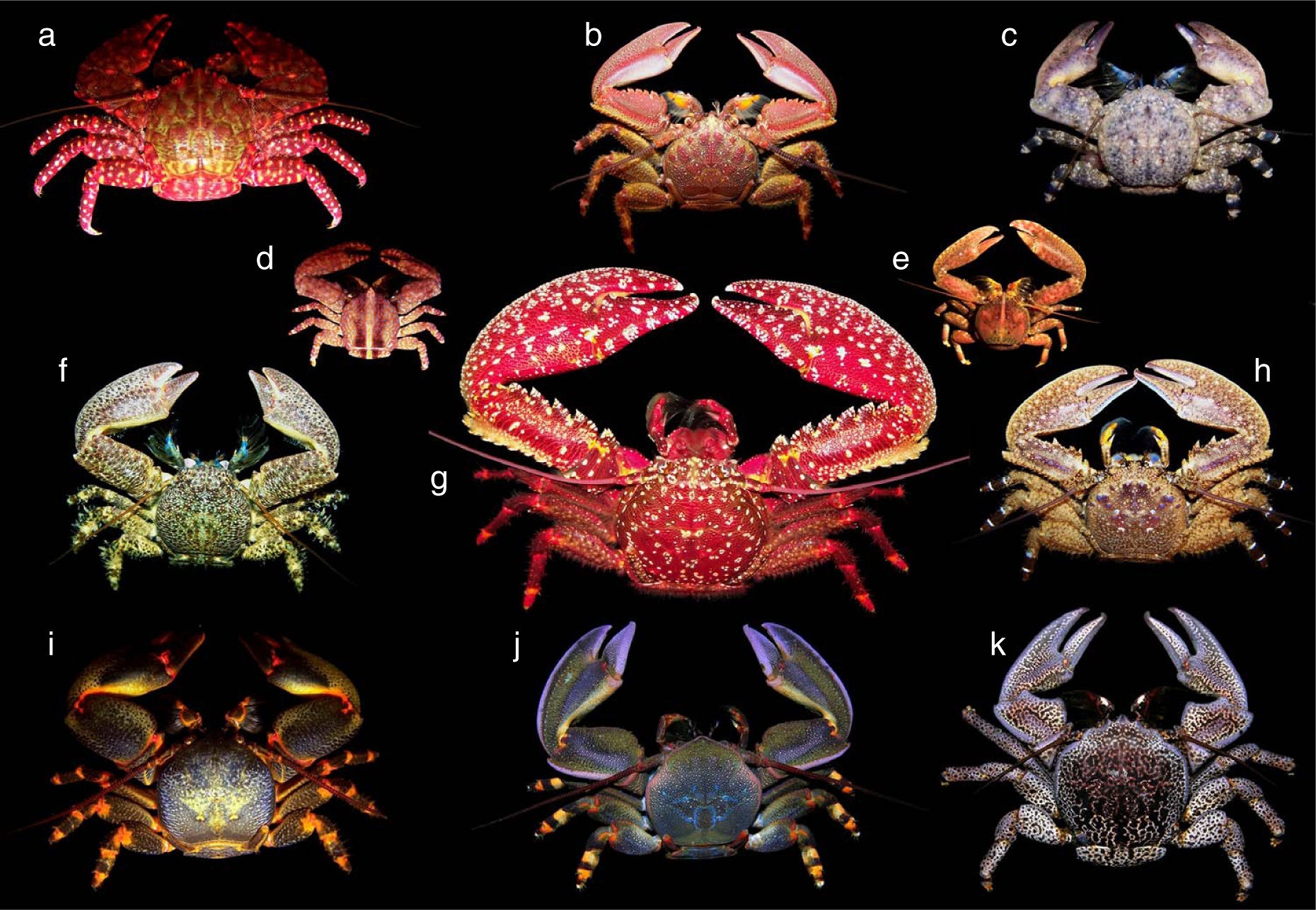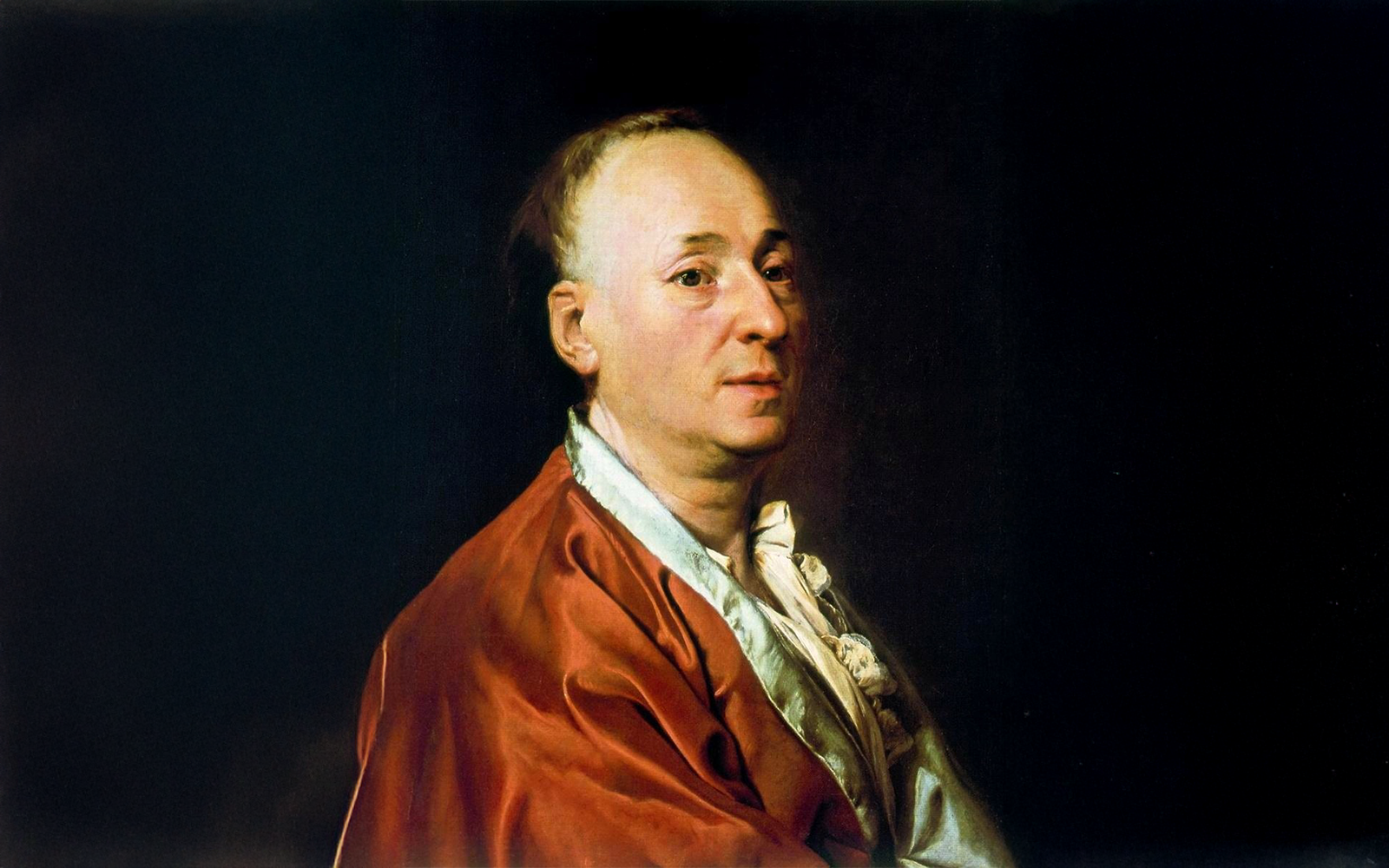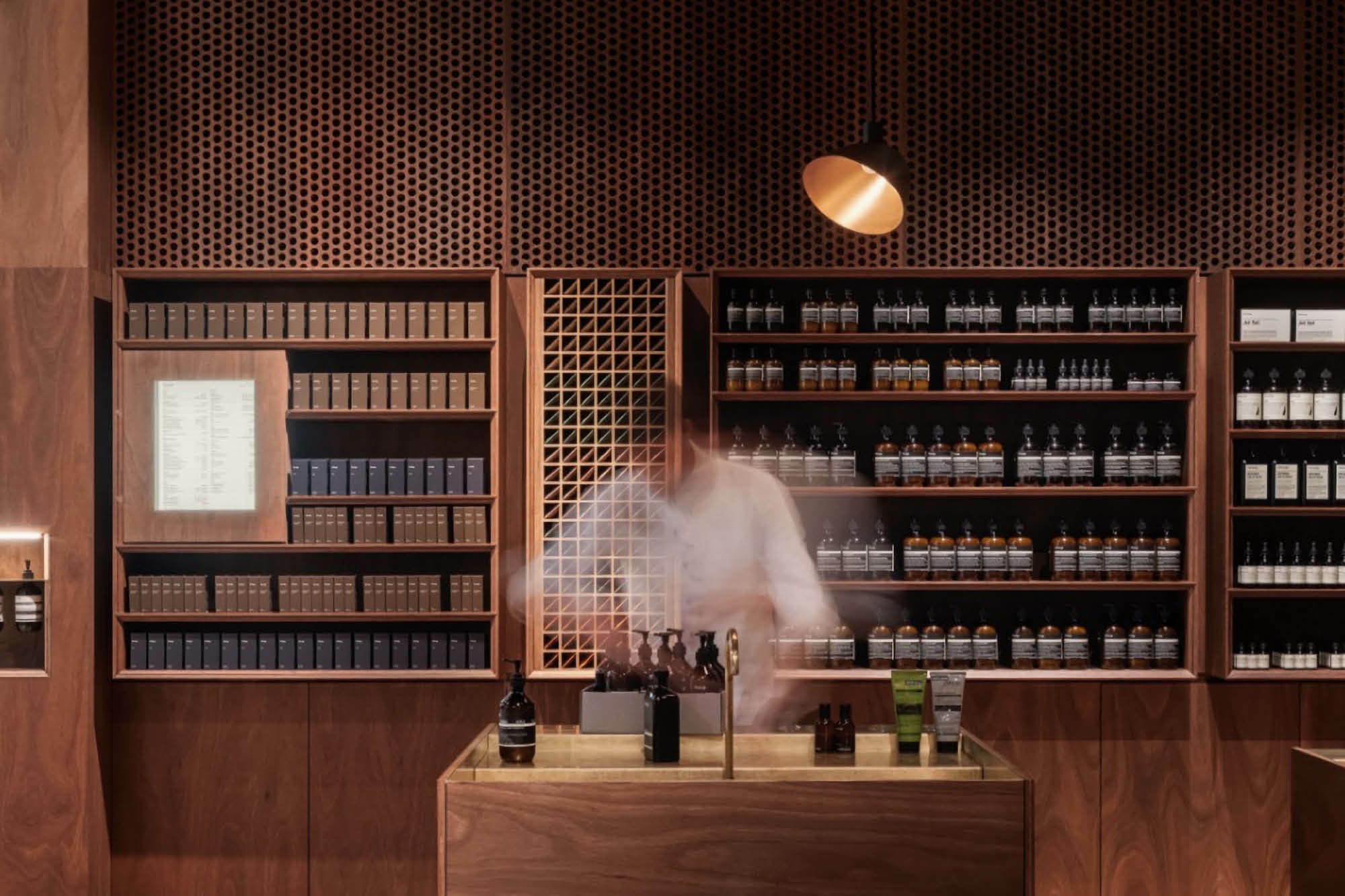
For a number of years, I served on the board of the New Zealand Film Commission, which required a deep engagement in screenplays. I became intrigued with the power of storytelling and, in particular, how important sticking to a script and genre is in unveiling a tale of any kind. We can learn so much from the craft of great cinema, where emotions and ideas are expressed using all sorts of techniques to create multi-sensory experiences.
American filmmaker and writer Wes Anderson’s eye for detail in his films such as The Grand Budapest Hotel is breathtaking. With character, colour and eye-catching symmetry, every detail has been carefully considered. His eccentric characterisations and nostalgia create an indelible impression that one remembers for years.
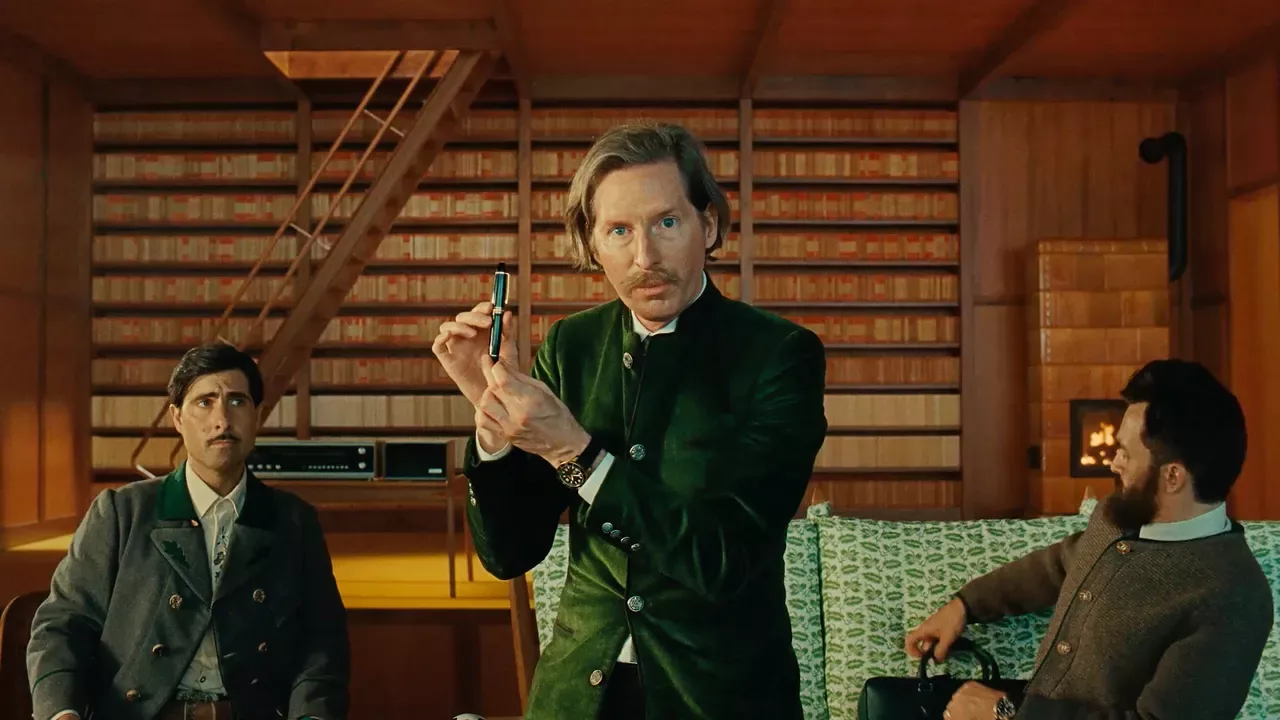
Earlier this year, Montblanc—the luxury German maker of pens and writing accessories—collaborated with Anderson to craft a short film celebrating the iconic Meisterstuck fountain pen for their 120th birthday. Starring the filmmaker himself as the presenter, the choreography, compositions, and comical dialogue deliver the history and craftsmanship of Montblanc in a novel way. These rare situations, when master storytellers and worldbuilders turn their skills onto brands, produce leading examples in which multi-sensory experiences can be crafted from a central brand script.
Paul Klee, the Swiss-German artist, said “One eye sees, the other feels” which applies so well to great brands and the skills needed to deliver them in an impactful way. As you step off the pavement into a grand hotel, you become immersed in its brand. Its well-scripted tone of voice, behaviours and experiences are a set of seamless tools, often delivered by many participants, which bring it to life and create the world around the brand. When we experience a brand, we use all of our senses to understand it: what does it say, how does it feel, how does it smell, what does it sound like, how does it look, and who are the people presenting it? Across all the sensory perception tools we have as human beings, we are making an assessment as a complete experience.
Graphics and copy are often where it ends with most brands, which regularly lack the necessary cohesion when pieced together. Internal designers and marketers rarely understand this and prefer much more freedom, wanting to start from the beginning each time. Advertising agencies are often wanting to wander with award recognition in mind—frequently at the detriment of the brand and its DNA. I see so much budget wasted by companies desperately trying to do something different with no central brand script to guide the long-term direction. We are now facing a profusion of filler material—accelerated by AI—produced purely for the sake of staying relevant on social feeds. More and more people can create high-quality images and copy at the press of a button.
What I'm referring to here isn’t simply about creating more ‘content’; I’ve never liked that word. What’s really important is understanding how film, audio, images, writing, interior design and more come together as one and enhance the feeling associated with your brand. As writer Alvin Toffler says “You’ve got to think about the big things while you’re doing the small things, so that all the small things go in the right direction”. When describing this I’ve come to use the phrase, brand theatre.
Beyond The Traditional Toolbox
As the name suggests, brand theatre is about delivering more than simply words and visuals. It can extend to music, costume, characters, set design, performance, colour, textures, even smell. Just as these tools can transform a bland scene of a film into a memorable one, filled with nuance and emotion, so too can they affect your customers’ experiences with your brand. All of these tools, used well, can create an emotional state that captures hearts; if you attach this feeling to your brand, then you have something special. Brands need to realise just how many touchpoints there are where one can deliver value and engage people’s minds.
Your brand theatre can manifest in many different ways. It could be in the way you continually engage your customers; do you blast them with sales emails, or do you offer them new delightful information to help them solve their problems? It could be in the showroom you design; do you simply showcase your product line, or do you craft a wholly engaging experience that captivates the senses? It could be in the last moment before a customer finishes an experience with your brand; do you provide unsolicited extras to your product or service that surprise and leave them wanting more? Think of this when creating the completeness of your brand and its point of difference by going beyond simply what you say and how you say it.
Delivering The Complete Experience
Your brand theatre should be a seamless expression of complete alignment. If your brand is Land Rover and your story is set in the Scottish Highlands, I doubt you would be using Bob Marley's music from the Caribbean. There should be specific things you are trying to make your customer feel. Should your brand feel measured, trustworthy, creative, bold, or confident? What is the genre of your script? Your search for these traits and the design of the experience should grow out of your company’s purpose, mission and vision.
Pitch-perfect delivery of such elements demands real talent to blend them into a believable world around your offering. Think of the collective effort to turn a screenplay into great cinema; you can understand how well an aligned team can excite your senses. By comparison, brands are often managed in production line vacuums where the copywriter is miles from the design department, and both are further from production. Conceiving or refreshing any brand should be a collaborative experience of key players shaping a unique user experience. Ensure you have the right toolbox with the right people and systems to use it.
Understand Your Characters
When building your brand theatre, it's critical that you really know your audience; like the director of a film, you need to truly understand the characters in your story. Ensure you can characterise your users in language, imagery and experiences that they would enjoy. Most city-based storytellers love to think of the farmer as a somewhat dim-witted, rugged individual out the back of town with the gun-racked ute. Having done a great deal of work in agribusiness, I have found quite the opposite person; one with a high level of intelligence and confidence in technology in the modern world of agriculture. Break free from stereotypes and make an effort to truly understand who you’re crafting your brand theatre for.
If the user spectrum is wide, then it becomes more difficult to deliver the appropriate brand theatre, but it’s dangerous to try to be all things to everyone, which can often end up as a bland brand to many. Banks are the worst at this, given their vast customer base. Remember, these traits you exude don’t always have to be ‘sweetness’ and ‘light’ as we observe how wry activism in some craft alcohol brands is doing so well. Step outside the square in your category and do something different in a way that's aligned with your brand’s ethos.
Case Study: Aēsop
Aēsop is an exemplary company that has crafted a distinctive brand theatre. From humble beginnings as skin, hair and body care specialists in Melbourne, Aēsop have remained steadfast in their meticulous attention to detail. When you step into their stores in major cities across the world you will experience a consistent theatre, adapted to local design language. All are crafted by local architects, adapting Aēsop’s simple, clean, earthy aesthetic to context. They are artworks in and of themselves, with carefully curated sculptures, materiality, sound, and smells that activate all the senses. It’s intentionally devoid of airbrushed supermodels and actors, instead focusing on an in-store experience of knowledge and advice for their customers. Their attentive staff greet you and, smiling warmly, they offer you tea and ask questions about your skin type. They diagnose, demonstrate, and prescribe a skincare routine on the spot. Sight, smell, sound, touch. Short of tasting the product, four out of five senses are tantalised in the space of five minutes. Their website follows suit, with a pared-back layout; engaging, poetic, educational copy; and beautiful minimal imagery to support. It’s an excellent example of using all of the tools in the brand kit to create something so enjoyably different in what is a very crowded category. This is the theatre of Aēsop.
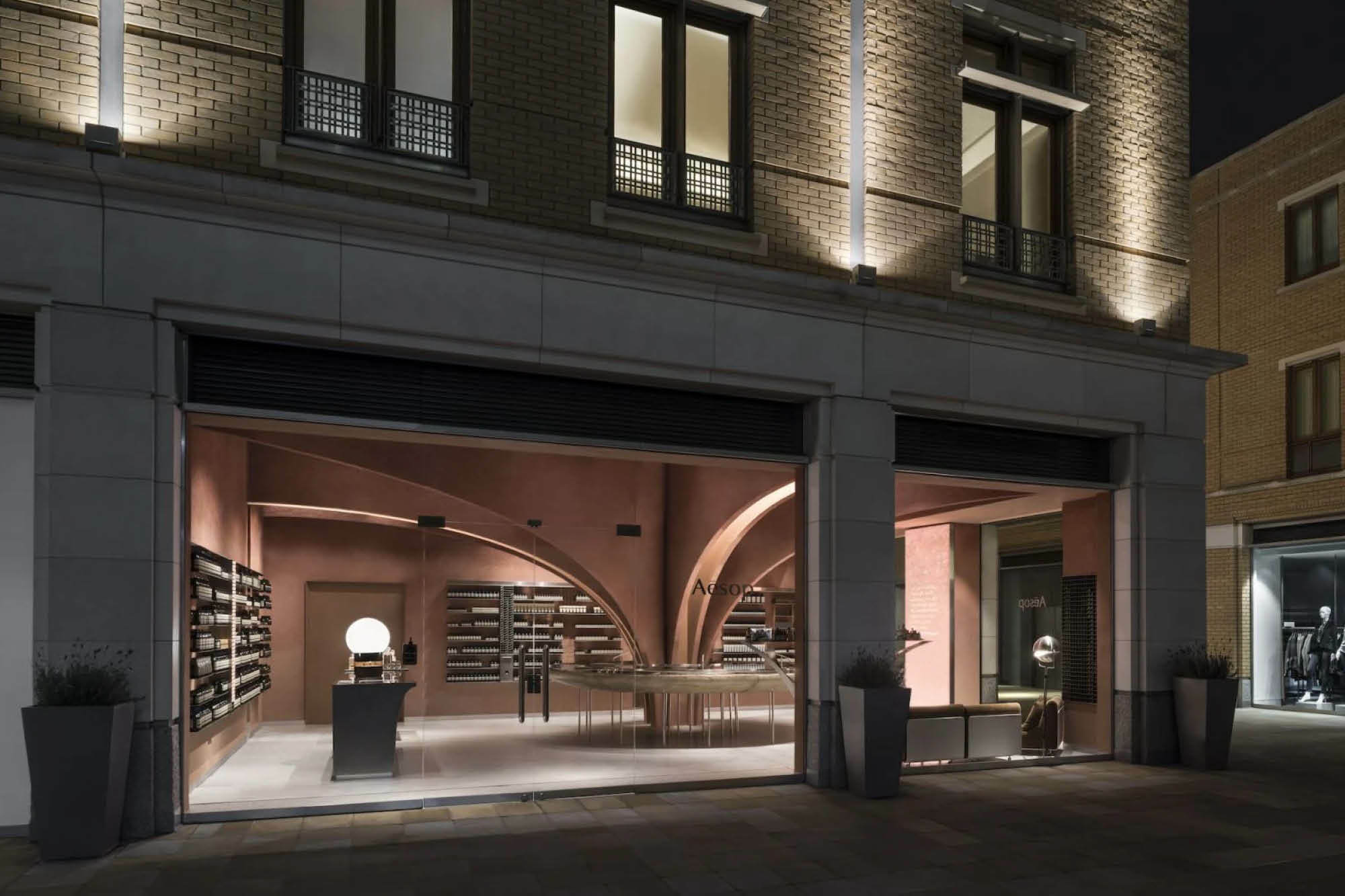
Be A Guide in the Forest
One can forget how much product and service parity there is these days, and finding real values which are truly different is very rare. Brands find themselves attempting to communicate a perceived value, and your competitors could well be using very similar language. Invariably, if you build brand theatre with fastidious attention to detail and customer empathy, you will distance yourself in your category. It creates an identifiable atmosphere, tone and identity for your brand that is distinguishable and recognisable. Steadfast, empathetic brand building like this can be a beacon in a vast forest of choices. Make poor, inconsistent brand choices, and suddenly, no one in the forest knows you're there.
Think of every step where your customers—and employees—engage with your brand; how can you go beyond what is expected of you in a way that's aligned to your master story? Your theatre can extend across topics as long as it remains united by your core purpose. Great brands should have serendipitous qualities and charming experiences that engage.
Bring them into your world.
Do you know the touchpoints of your brand and how well organised they are?
Would you say that your assets and their use across your company add up to a distinguishing brand theatre among your competitors?
Does your brand deliver a consistent, complete, seamless experience for the customer?
Is your master story played out in a well-curated way across your products, services and experiences?
By Brian Richards & Marco de Kretser
24th July 2024

